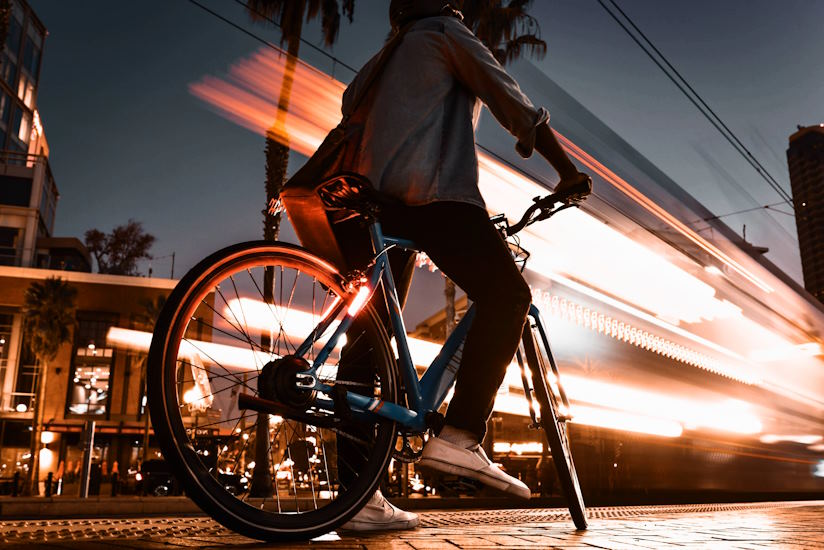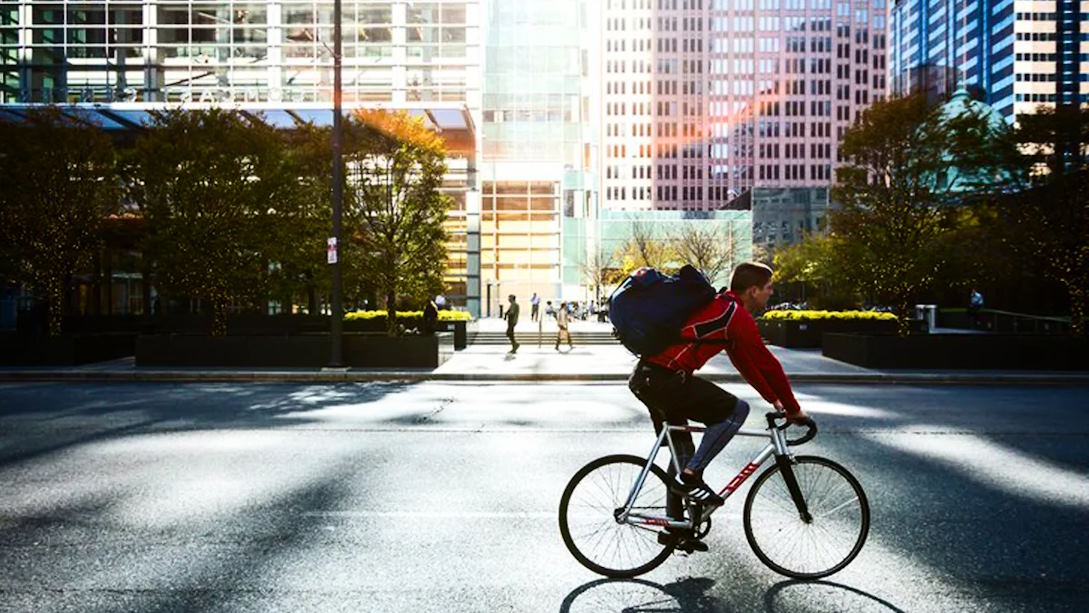
Cycling Safety Tips for Urban Riders
With the rise of urbanization and growing concerns about environmental sustainability, cycling has emerged as a popular mode of transportation in cities worldwide. Beyond its eco-friendly appeal, urban cycling offers numerous benefits, from reducing traffic congestion to promoting personal health and well-being. However, navigating bustling city streets on a bicycle comes with its own set of challenges and risks, making safety a paramount concern for riders.
Essential Safety Gear
Helmet: Your helmet is your first line of defense against head injuries in the event of a crash. When choosing a helmet, opt for one that meets safety standards and fits snugly on your head without being too tight or too loose. Ensure that the helmet covers your forehead and sits level on your head, with the chin strap securely fastened. Wearing your helmet properly every time you ride significantly reduces the risk of head trauma, making it a non-negotiable piece of safety gear for urban cyclists.
Lights and reflectors: Visibility is key to staying safe on urban streets, especially during dawn, dusk, or nighttime rides. Equip your bike with front and rear lights as well as reflective gear to ensure that you’re easily spotted by motorists, pedestrians, and other cyclists. Invest in high-quality lights with multiple brightness settings and consider adding reflective tape or clothing to enhance your visibility from all angles. Being seen by others on the road greatly reduces the likelihood of accidents caused by low visibility conditions.

Protective clothing: Dressing appropriately for urban cycling not only enhances your comfort but also improves your safety on the road. Opt for clothing made from breathable, moisture-wicking fabrics that keep you cool and dry during rides. Consider wearing brightly colored or reflective clothing to increase your visibility to others. Additionally, invest in protective gear such as padded gloves, cycling-specific shoes, and knee pads to minimize injuries in case of a fall or collision.
Rules of the Road
Riding predictably and signaling intentions to other road users: Predictability is key to safe cycling in urban environments. Signal your intentions to turn or change lanes using hand signals or electronic indicators, giving motorists and pedestrians ample time to react. Maintain a straight line while riding and avoid sudden swerves or erratic movements that can catch others off guard. By communicating your intentions clearly, you enhance your visibility and reduce the likelihood of collisions with other road users.
Avoiding riding in blind spots of vehicles: Motor vehicles have larger blind spots compared to bicycles, making it crucial for cyclists to avoid lingering in these areas. Stay visible to drivers by riding slightly to the left or right of their blind spots, especially when approaching intersections or making turns. Make eye contact with drivers whenever possible to ensure they are aware of your presence on the road.

Defensive Cycling Techniques
Maintaining situational awareness: Urban cycling demands constant vigilance and awareness of your surroundings. Stay alert to the movement of vehicles, pedestrians, and other cyclists around you, scanning your environment for potential hazards or obstacles. Pay attention to traffic flow, road conditions, and any changes in the environment that may affect your safety.
Avoiding distractions, such as using mobile devices while riding: Distractions can significantly impair your ability to react quickly and make split-second decisions while cycling. Keep your focus on the road ahead and avoid using mobile devices or headphones that divert your attention away from your surroundings. By staying mentally engaged and focused on the task at hand, you can better anticipate and respond to potential dangers on the road.
 Meet Mary Gamez, the passionate voice behind Naked Women Racing. With years of experience in the cycling world, she shares insights, tips, and inspiring stories to empower fellow female cyclists. Join her journey as she explores the roads and trails ahead.
Meet Mary Gamez, the passionate voice behind Naked Women Racing. With years of experience in the cycling world, she shares insights, tips, and inspiring stories to empower fellow female cyclists. Join her journey as she explores the roads and trails ahead.